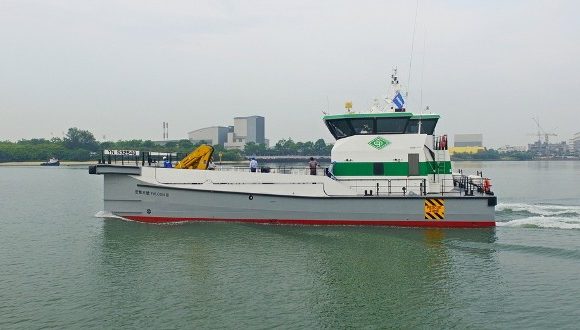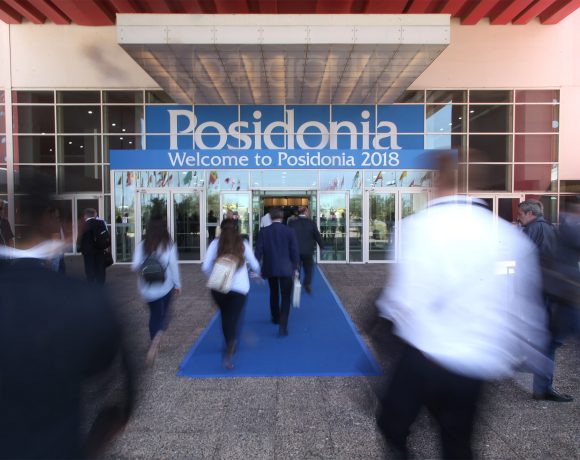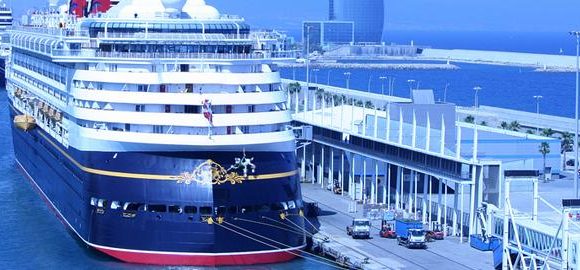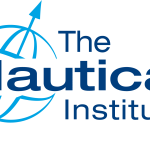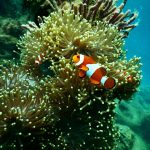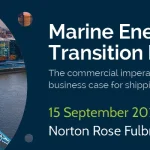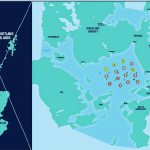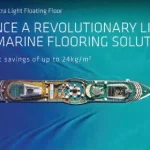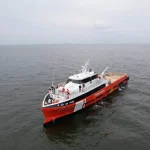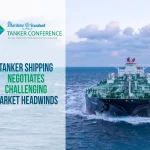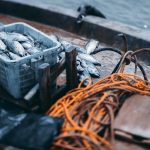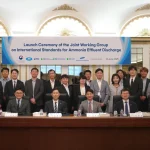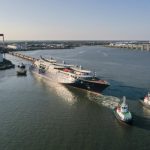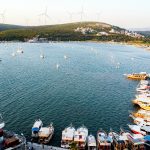Aqua-tools to Show Tanker Owners the Importance of Assessing Treated Ballast Water
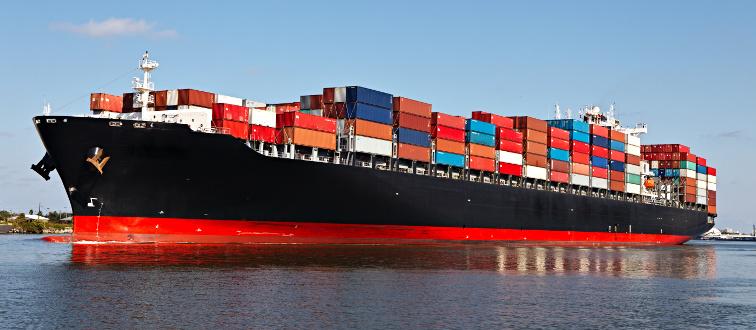
Water microbiology expert aqua-tools will present a paper to Asian tanker owners on the importance of taking onboard analysis of ballast waters in verifying system performance and compliance with the Ballast Water Management Convention.
Carine Magdo, aqua-tools’ Business Development Manager, will explain the differences between indicative and detailed analysis methods, outlining the optimum approach to sample taking and water testing.
“The tanker segment is one of the main investors in ballast water treatment technologies, yet there is little information explaining how the convention’s requirements will be effectively policed. This is a major problem,” says Magdo.
“With most tanker operators mandated to install a ballast water treatment system, how will they know if their in-operation systems are compliant or not? If they wait until Port State Control inspectors to come onboard to take samples and perform detailed analysis of the treated water, then a vessel could be delayed indefinitely. Ship operators do need to carry out regular water tests to make sure their systems are fit for purpose.”
Unlike detailed analysis methods, where samples need to be assessed in laboratories by specialists in water microbiology, indicative testing can be carried out by any crew member at any stage during the ballast water discharge operation. Results take a matter of minutes.
Referring to a number of cases where indicative testing has been used to establish a vessel’s compliance or incompliance, Magdo will explain to delegates attending Riviera’s Asian Tanker Conference how the indicative method can assess system efficiency across all three factions required of the D2 Standard.
She will then go on to detail the technology behind the company’s B-QUA test kit which, she says, completely extracts the Adenosine Triphosphate molecule present in all living organisms, even those protected by a hard shell, such as molluscs and crustaceans. By using bioluminescence, any organism will glow proportionately to the amount of ATP present in a water sample.
“While there is no absolute method for analysing the viability of the 4000-plus different organisms transported in a ship’s ballast water tank, the advantage of the B-QUA kit is that it measures each faction required by IMO with the same method in less than one hour. The reliability of our second-generation technology ATP2GTM has been independently verified following a six-year R&D programme, and in the field during a project onboard the research vessel Meteor,” she says.
Edwin Lampert, Riviera Maritime Media’s Head of Content, says: “With its focus on monitoring techniques, compliance and performance testing, Carine’s paper is timely. It addresses tanker owners’ central pre-occupation in this area, in as much that they want to know at what point a ballast water system’s performance is good enough to meet the regulatory requirement. We know there is a lot of tanker industry interest in this paper and anticipate a lively Q&A session.”
Magdo will present her paper during Riviera Maritime Media’s Asian Tanker Conference, which takes place in Singapore between 27th and 28th March. The company will also carry out live demonstrations of its B-QUA test kit to showcase its simplicity, reliability and effectiveness.

